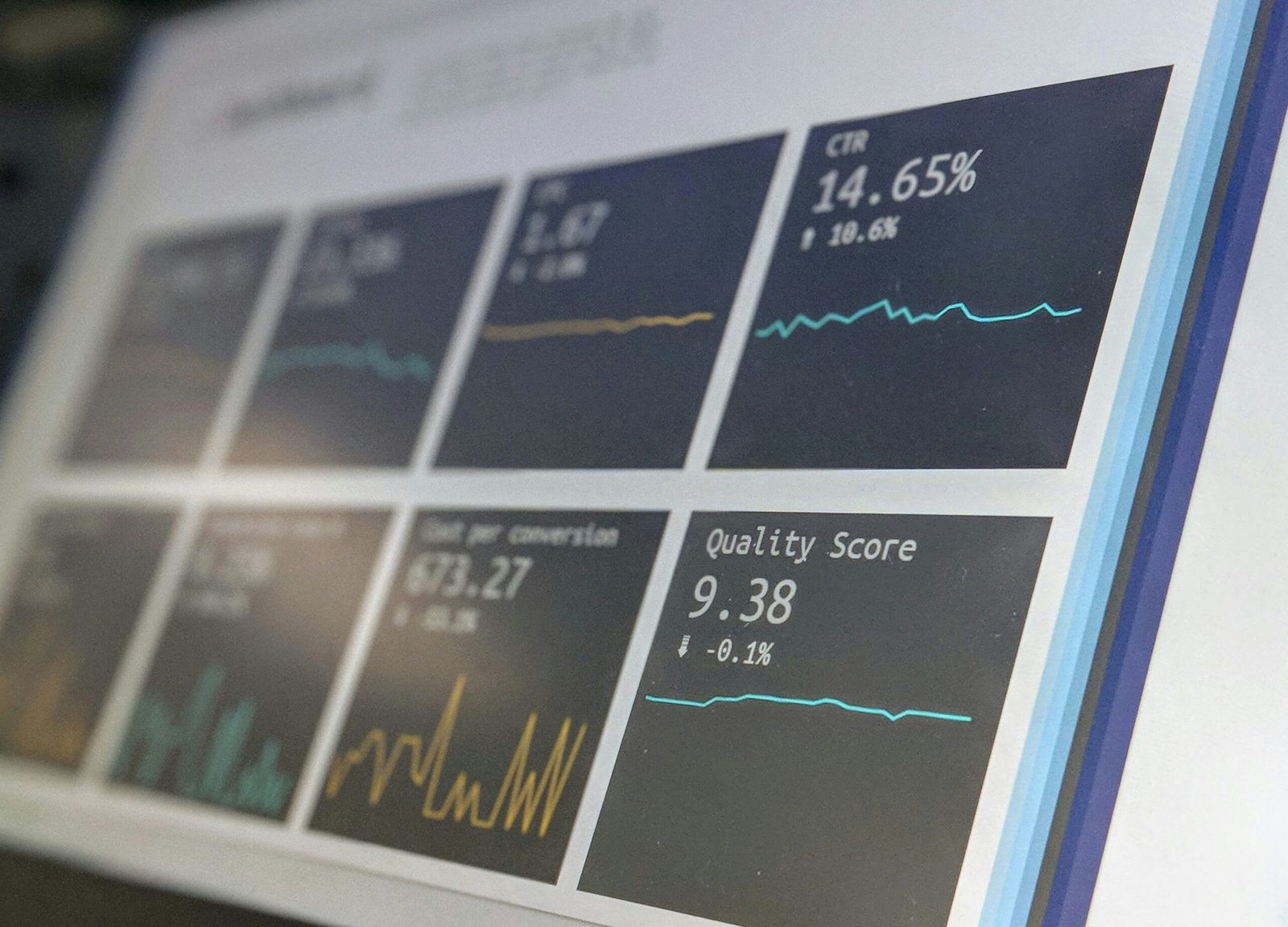
Introduction to Technical Analysis
One of the key principles of technical analysis is the idea that price movements are not random, but rather follow certain patterns and trends. These patterns can be identified through the use of various technical indicators, such as moving averages, trendlines, and oscillators.
Patterns and Indicators
For example, a common pattern that technical analysts look for is the “head and shoulders” pattern, which consists of three peaks with the middle peak being the highest. This pattern is often seen as a sign that a trend is about to reverse, with the price expected to move lower after reaching the third peak.
In addition to patterns, technical analysts also look at various indicators to confirm their analysis. These indicators can include volume, which can help confirm the strength of a trend, as well as momentum indicators, which can help determine whether a trend is likely to continue or reverse.
Support and Resistance Levels
Another important concept in technical analysis is support and resistance levels. These are price levels at which the market has historically had difficulty moving above or below. Traders and investors use these levels to identify potential entry and exit points for their trades.
Technical Indicators
Moving averages are one of the most widely used technical indicators in technical analysis. They are calculated by averaging the price data over a specific period of time, such as 10 days or 50 days. The moving average is then plotted on the price chart, creating a line that smooths out the fluctuations in price and helps identify the overall trend.
Another popular technical indicator is the relative strength index (RSI). The RSI is a momentum oscillator that measures the speed and change of price movements. It ranges from 0 to 100 and is typically plotted as a line below the price chart.
The moving average convergence divergence (MACD) is another widely used technical indicator. It is calculated by subtracting the 26-day exponential moving average (EMA) from the 12-day EMA. The result is then plotted as a line on the price chart, along with a signal line, which is a 9-day EMA of the MACD line.
Limitations of Technical Analysis
Despite its advantages, technical analysis is not without its limitations. One of the key limitations is that it is not predictive in nature. While technical analysis can provide insights into historical patterns and probabilities, it cannot accurately predict future price movements.
Another limitation of technical analysis is that it is subject to interpretation. Different analysts may analyze the same patterns and indicators and reach different conclusions based on their individual perspectives and biases.
Furthermore, technical analysis does not consider fundamental factors that can have a significant impact on asset prices. Factors such as earnings reports, economic data, and industry trends are not taken into account in technical analysis models.
Additionally, technical analysis can be influenced by market sentiment and other non-quantifiable factors. While technical analysts assume that market prices reflect all available information, the reality is that market sentiment and emotions can sway prices in unexpected ways.




